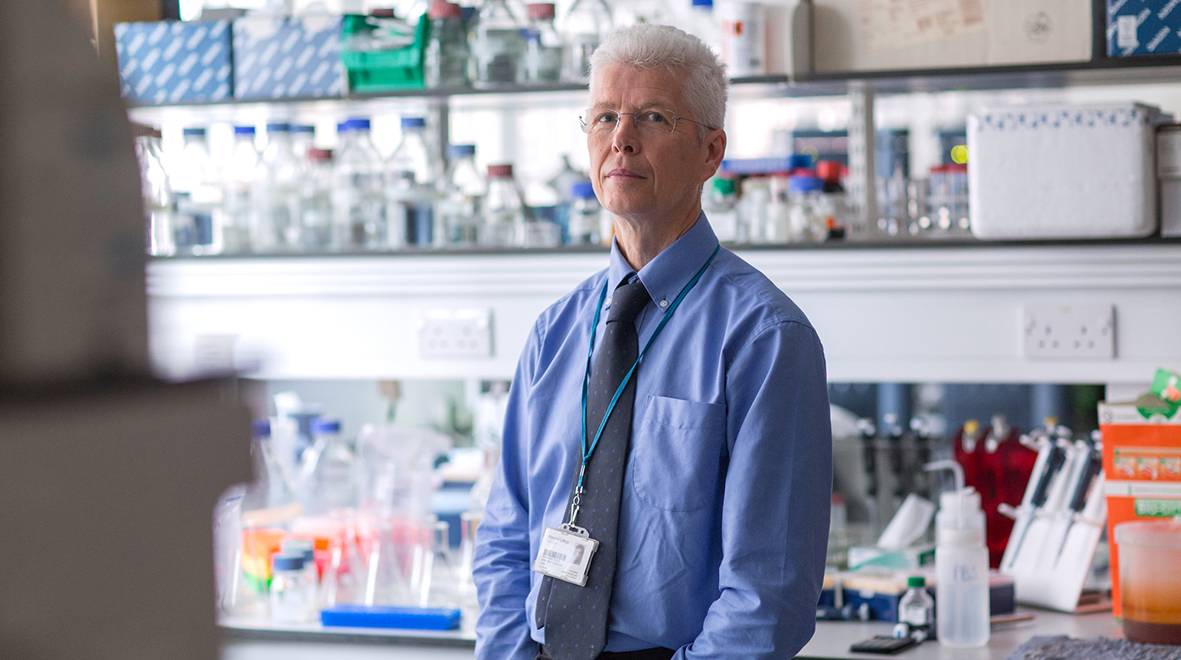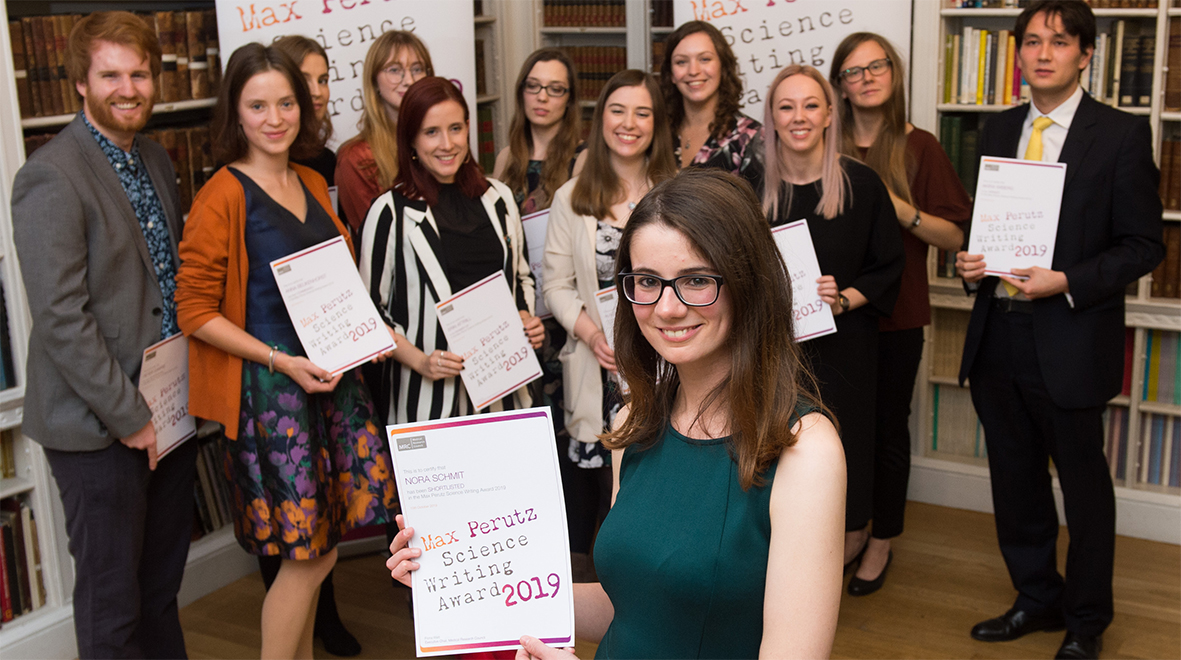
This festive period Three Wise Women from the Faculty of Medicine will be giving us the gift of wisdom.
Our first is Professor Gerry Thomas, a leading authority on the health impacts of radiation, who tells us why we should focus on the facts.
I was born in the 1960s and grew up believing that the word ‘radiation’ meant something that was infinitely dangerous. Back then, we were led to believe that nuclear weapons would lead to the extinction of our species, and that to be bitten by a radioactive spider would confer supernatural powers! I was therefore sceptical about the use of nuclear power. It wasn’t until 1992, when I started to study the health effects of the accident at the Chernobyl nuclear power station in 1986, that I began to question whether my understanding of the health effects of radiation came more from science fiction than scientific fact. (more…)









